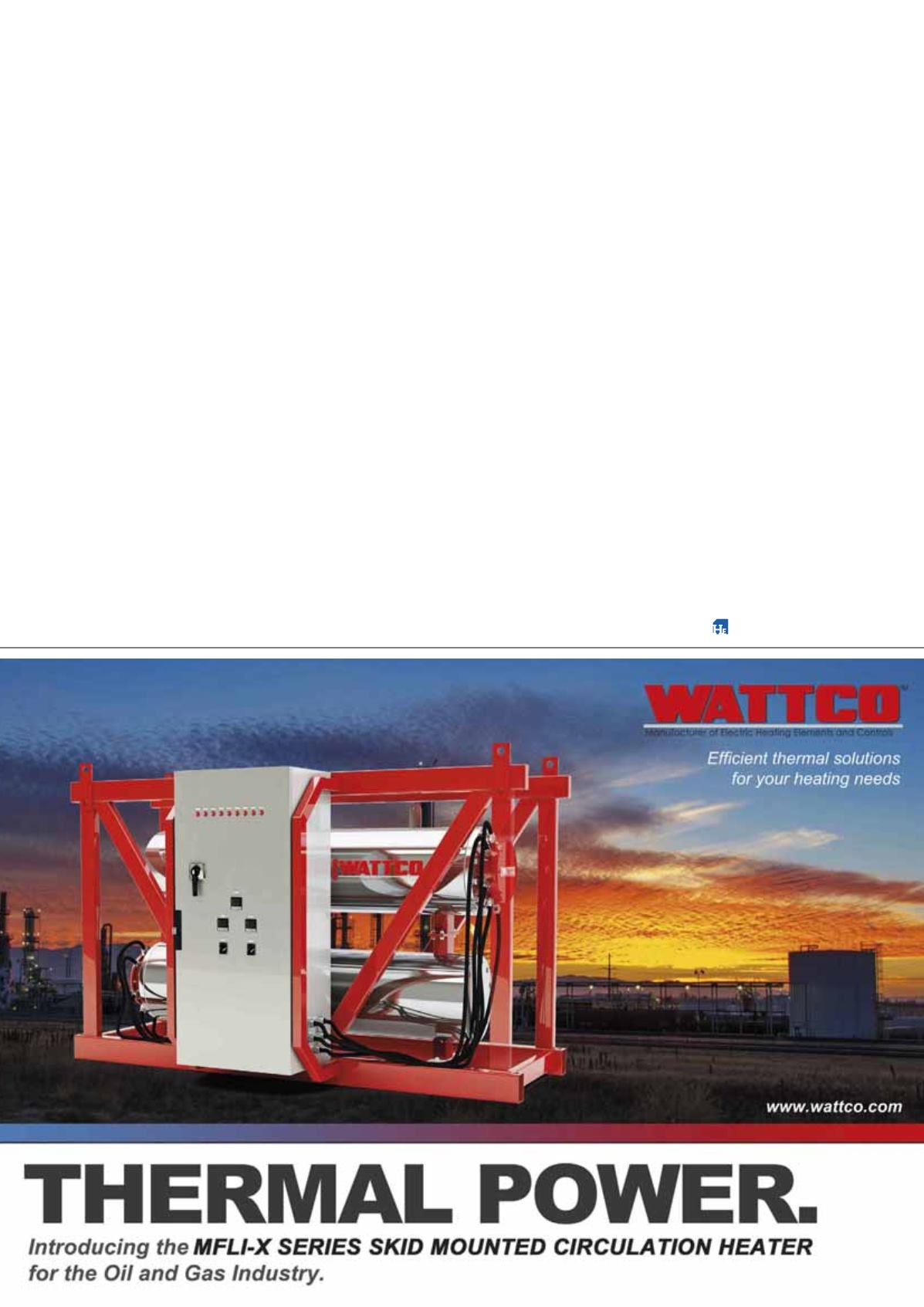
March
2017
HYDROCARBON
ENGINEERING
56
The heart of the GASOLFIN process is a proprietary
catalytic system. This process has been developed based
upon proprietary graded mixtures of multiple catalysts with
synergetic functionalities. This catalyst bed has the distinct
advantage of cracking high molecular weight gasoline boiling
range hydrocarbons immediately into propylene and
butylenes. The graded mixed catalyst bed offers long
operating cycle times by minimising deactivation reactions
such as coke formation.
The catalyst system has been tested under a wide range
of process feeds and process conditions in the Chemical
Process and Energy Research Institute (CPERI) test facility in
Thessaloniki, Greece. The system has been proven to
efficiently convert all paraffinic, olefinic and naphthenic
feeds into light olefins and BTX. Due to the graded bed, the
system is insensitive to common catalyst poisons such as
sulfur, nitrogen, water and di-olefins.
The graded bed catalytic system can also be tailored to
produce maximum propylene, maximum light olefins
(propylene plus butylene) or maximum BTX.
A unit designed to process 10 000 bpd of FCC naphtha
will be able to produce approximately 140 000 tpy of
propylene, as well as around 110 000 tpy of butylene and
100 000 tpy of aromatics.
This unit will cost 50% less than an FCC unit upgrade or
for a grass unit PDH unit of similar capacity.
The technology’s process combines several proven
process operations with its proprietary catalytic system.
These block process operations can be found in many
refineries and petrochemical plants. Combining proven
technology with the novel catalytic graded bed reactor
technology allows for the shortest time to market and
lowest risk in the development of the technology.
Technology readiness
Significant development work has been completed at the
CPERI laboratories. The process development is the result of
screening several catalytic systems with a wide range of
feedstocks. Selected catalyst systems have been further
tested in larger scale pilot plant runs. Kinetics derived from
these experiments, combined with data available in open
literature, has been used in modelling the process via
SimSci Pro-II process design software.
Conclusion
With many steam crackers switching to lighter feeds (ethane)
and frequently volatile FCC economics, propylene supply from
traditional sources has decreased. This gap is filled with
various technologies such as PDH and MTO, technologies with
strengths and weaknesses. GASOLFIN is a newly developed
process that can work with low value feedstocks such as light
straight run naphtha (or any type of naphtha) to make
petrochemicals, especially propylene. Fixed bed catalytic
naphtha cracking allows for much higher selectivities towards
propylene compared to thermal steam cracking. Laboratory
and engineering studies show that milder operating conditions
compared to thermal cracking allow for a simpler process and
reduced capital and operating expenses.








